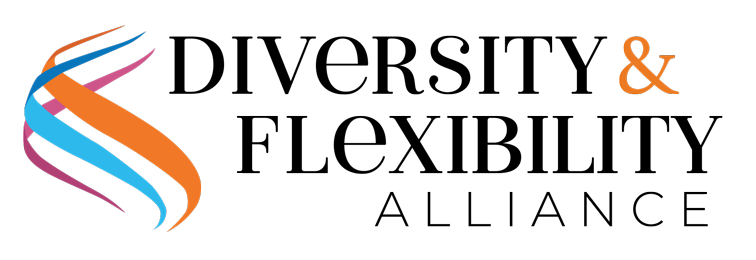The Alliance’s Action Steps are designed to assist organizations with implementing practical strategies and policies related to diversity and flexibility. Members can access full versions of all of the Alliance’s Action Steps in the Member Resource Center.
Organizations are rethinking how they approach work, talent and social justice – many are implementing hybrid and flexible work environments, adding resources to recruit and retain a diverse workforce, and focusing on ways to foster employee engagement, inclusion and productivity. Organizations need to undergo a culture shift in order to truly embrace hybrid/flexible work, diversity and inclusion, and talent development and retention. Affinity groups are a great way to foster this culture shift, as these groups promote community, development, and advocacy. Organizations should pay close attention to creating, structuring, and revamping their affinity groups properly in order for these groups to have the greatest positive effects.
Members: continue reading this Action Step in the Member Resource Center
To read this entire Action Step become a member of the Diversity & Flexibility Alliance. To learn more contact Manar Morales.
